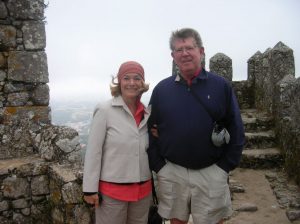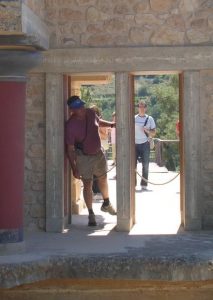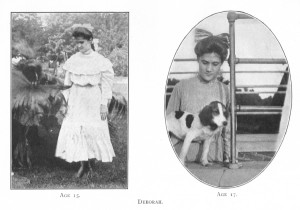Well, here I am, back after an absence of many months. For those of you who know me only through this website, the last you heard from me was when I was reeling from the death of my beloved partner and husband, Jim, last April. I dropped out of sight over that summer and haven’t really given much thought to my life as a writer since.
The post below this one is something I wrote this week for another site, San Diego Writing Women, a group of which I am a proud member. It will catch you up on my state of mind, so I will use this one to do the same for my professional life. This one comes with a promise to pick up regular posting from now on!
I am happy to report that novel number four, which I finished before he died, sold last December to Sourcebooks, a Chicago-based publisher, and one of the most prestigious remaining indie houses. I am very excited about being involved with this arm of the publishing industry, and working with my new editor, Shana Drehs. The novel is tentative called THE MAPMAKER’S DAUGHTER (I had titled it something else, and hope the subject is still negotiable, but we shall see), and should come out in early 2014.
As a result, 2013 will be a momentous year for me as an author, even if I don’t write anything new. Soon I will be hard at work on revisions and the other aspects of editing THE MAPMAKER’S DAUGHTER for publication. Perhaps that will whet my appetite for one of my many great ideas for future novels about forgotten women, and I will be writing here soon about my next project. As I write this, I must admit, I feel a little stir of excitement about that possibility.
My other big news is that I have finally fulfilled a dream of many years to lecture on a cruise line. Not only did I do that for the first time recently on Silversea Cruises (South America over last Christmas and New Year’s ), but I have gotten new contracts for other Silversea destinations over the next two holiday seasons, and another assignment this August on Seabourn in the eastern Mediterranean.
Those of you who have followed my blog here know that Jim and I were literally on the eve of leaving for Lisbon in September 2011 for what was to be my first lecturer gig on Silversea. As our plane took off without us, I was sitting instead at the hospital as doctors struggled to save Jim from imminent death from kidney failure. Rather than luxuriating for the next few weeks on a cruise, we spent the time dealing with a serious health crisis and a diagnosis of metastatic prostate cancer.
I will always remember that time as one of the most painful and saddest in my life, but as my friends all know, I am blessed with the “happy gene” and have recovered well. I am so grateful for my nine years with Jim, and even if I knew the end when we set out to spend life together, I would do it all again. Not many people are lucky to be as loved as I have been, and to have the great feeling of loving someone equally in return.
Enough for now. Very glad to be back. Thank you for all your support! Laurel





